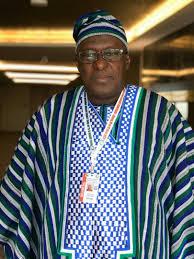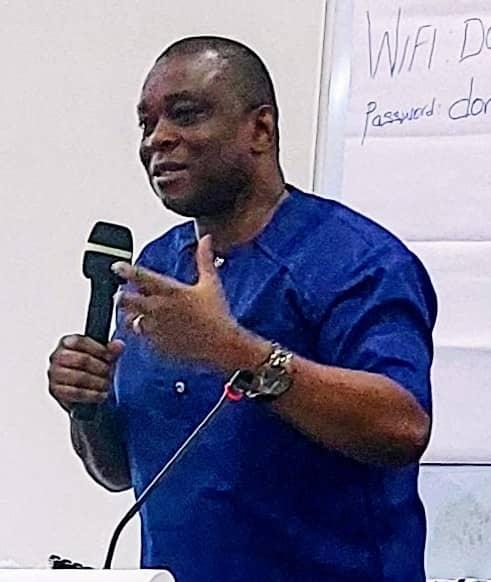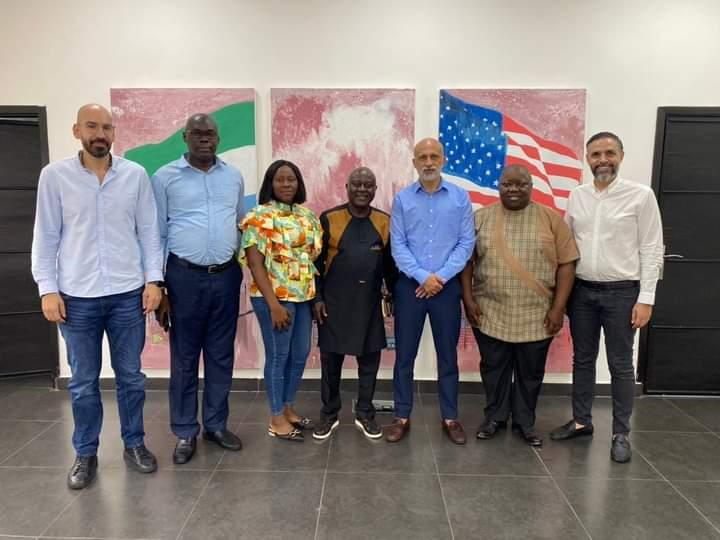Creating legacy of change in a turbulent environment
The subject of debate wherein people of integrity are of conflicting opinions is the process of change. The trivial question is that in the most significant situations individuals are not able to make certain decisions. Disputes multiply, as if everything is uncertain; these disputes should be managed with the greatest warmth, for everything to be certain. Amidst all these battle in a turbulent environment, who has talent enough to represent it in any favourable circumstance? Solutions cannot be gained by force, but should be achieved by a leader who is dedicated to change.
Creating change should ensure that the leader is able to communicate the benefits that it will bring to the community, greater job security and the opportunity to learn valuable new ideas. Also, the leader must learn how to overcome resistance to change. Promoting change will help the leader to identify areas within the community which might benefit from the change. The change leader should anticipate the obstacles that may have to be faced and to plan ahead so that any programme of change runs smoothly. Every community goes through changes; members come and go, priorities vary, procedures are modified. Leaders in communities must lead their compatriots thoroughly; what can often be a trying experience.
Promoting change has become more frequent, radical and complex in the world today. Consider the advent of Internet and ipad, which brings the world to the palm of our hands. The issue becomes controversial when the initiative for change is integrated into conceptualizing, strategizing, planning and programming of political and economic development. One may want to understand what stands in the way for a more just, prosperous, fulfilling, and dignified life that will result when change is promoted. Most strategies fail to secure the anticipated benefits because when changes are introduced, in the form of processes or practices, the changes are not fully implemented. This is because people are not adequately committed to the new ways of working to sustain them. A basic confusion is between installation and implementation.
The sheer complexity of change requires a more disciplined, informed competent and structured approach, supported by a highly committed, visible determined leadership. A deeper, systematic, consistent and integrated approach is required, which need to become the core of a successful community. Change is ultimately all about people, if they do not change nothing significant changes. However, making the transition is getting rid of old habits and reaching out for the new ones. It may happen to one person at a time. It is a gradual process but the leadership must be firm in its implementation.
Since government wants to overcome these challenges and build a sustainable change capability, the knowledge, skills and processes must be developed by people within the community with reduced dependency on external consultants. In his 2008 inaugural speech, Dr. Ernest Bai Koroma stated that “We must all be ready now to embrace change, change in our attitude towards one another, change in our attitude to our work and responsibilities. All of those changes should translate positively into progress and development for our country”. This was a salient statement that all Sierra Leoneans must embrace. There should also be a clear strategic vision, so that Sierra Leoneans can understand the rationale for change and what it means for them; adapt into its objectives and take individual responsibility for its implementation.
Dealing with cultural issues is much influential on the change process and can consume considerable time. Conflict over cultural norms can arise during the change process. Effective strategies are not to favour one part over the other, or deal hastily with highly emotional cultural issues and accept diversity. Government should actively encourage all ethnic groups to mix and work together. As Jinatu Hu puts it, “Diversity in the world is a basic characteristic of human society, and also the key condition for a lively and dynamic world as we see today.” We all know the cultural diversity that exists in Africa. Sierra Leone alone has about 14 tribes with different cultural background and political views. The change leader must create level ground for all to play in the interest of civil unity.
The Strategies of Change
The broad objective is to explore the relationship between cultural and human progress. It is assumed that economic progress is fundamental to human progress. The perspectives shared relate to challenges that leaders in Sierra Leone face, to foster economic growth and development. Economic growth is indispensable because other forms of human progress (e.g. health, education, other infrastructures) depend on productive economic activity. The question becomes one of understanding what the strategies of economic growth in the economy are and how they work, and, ultimately, of how best to encourage the productive use of resources to create the opportunity for human progress.
This leads to another assumption, where successful businesses can be cited as a strategy of change. It is at the level of individual businesses that change becomes the engine for the creation of wealth in a turbulent environment. Products are created, services are provided, productivity is enhanced and wealth is generated. Without businesses there will be no economic progress, and without economic progress human nature deteriorates. These assumptions may lead to the following conclusions:
a) Human progress broadly defined is not possible without economic growth.
b) Successful businesses are the strategies of economic growth.
c) Therefore, successful businesses are a necessary precondition for human progress.
Given these assumptions, the focus turns to what makes up a successful administration.
Culture change
Successful change can only come in the context of a clear understanding of what may never change, and what are the objectives. Culture is that which cannot be changed. There are lots of talks about changing culture, as though it is just another parameter. Culture is the foundation upon which any constructive change will have to rest.
The leader will experience bottlenecks in culture change; for instance, individual work habits, thought patterns, etc. are difficult to change. Senior administrators should be adequately trained to promote culture change because of its highly intangible and psychological substructures. Most important, appropriate culture change nourishments, such as, incentives, career paths, retraining opportunities, personal empowerment, promotions potential, need to be introduced to the working class. With infrastructural advancement, administrators should be able to continually introduce organizational culture change that will optimally position them in their environment. They should further plan to evolve culture change models and processes to address the needs of increasing cultural diversity within the virtual workforce.
Managing culture change
Managing culture change is a round the clock peer assessment. Because perceptions in communities are the leader’s responsibility, it is required that he understands how all individuals are affected by the culture change. Another component to managing culture change centres on the concept that culture is a system composed of drivers (e.g. goals, structures, management) and their impact receptors (e.g. organisation, process, people use of technology). Indeed, culture change is cyclical and sometimes inconsistently dynamic. Thus, it needs continuous monitoring, tuning, and occasional enriching to maintain its strength through the peaks and valleys of change. Also, managing culture change introduces change profiles. The leader should select change drivers based on his ability to promote a culture that complements direction and aspirations. Furthermore, managing culture change involves selecting a change execution strategy. It will empower individuals and define attractive boundaries that individuals can aspire to.
When people are not conditioned for culture change, either to a new profile or to a strategic model, they may find the concept personally invasive and even become defensive. If individuals do not have the appropriate new cultural spirit, processes must be put in place to address such events, if they occur. The individuals who will accept culture change may fall within two categories, namely, natural and learned culture. Individuals who naturally exhibit the desired culture will accelerate culture change. Ideally, they should be distributed throughout the community. Those who want to change, but who need the tools and training to do so, should be offered assistance. Culture change enables a community to realign their mindset with that of the change leader’s vision, a critical step to improve credibility.
Balancing the Change Process
What is very important is the concept of balance. Change initiatives are hard to implement in any community because change is always hard and, generally, many human beings will consider change as evasive. As Lady Nancy Astor once said: “The main dangers in this life are the people who want to change everything – or change nothing.” The idea is to avoid the extremes, recognize when and where change is needed. It should be noted that the goal has to be relative to the baseline that is established because only then that it can be shown that the actual change is worthwhile.
Implementing change in a turbulent environment will require increase co-ordination of policy and operational functions. Hence, there is need to build stakeholder support for the new ideas and social development role. In an existing situation, administrators may have to be cunning about change because they cannot afford to take the community off-line while the change is been managed. One would agree that the importance is to give momentum to the change process. Thus, there is need to assess the climate for accepting change amongst individuals to determine the extent to which, as a leader, he needs to create a platform for change.
By Emmanuel S. E. Leigh
Stay with Sierra Express Media, for your trusted place in news!
© 2012, https:. All rights reserved.





